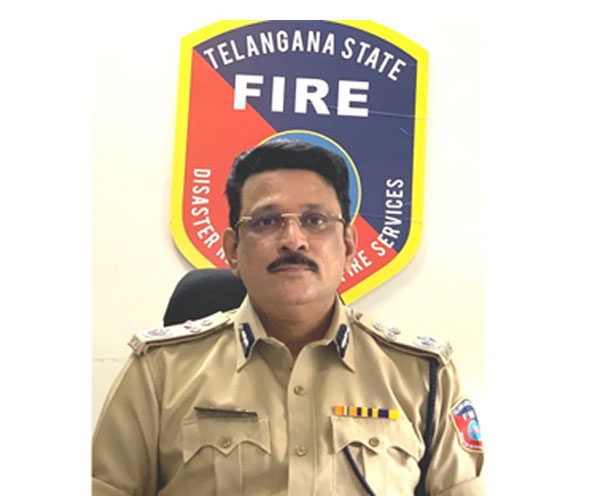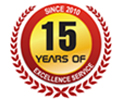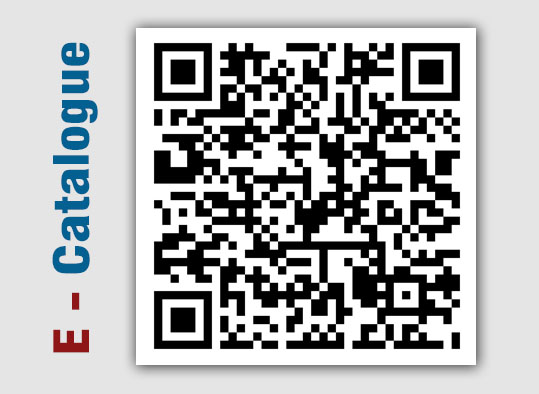Additional Director Fire Services Telangana State Disaster Response and Fire Services, Telangana

Name of Industry: L.G Polymers.
Approximate time: Before 3.00 A.M
Call received to Fire Department: 3.30 A.M
First Response of nearby Fire Station Marripalam: 3.51 A.M
Gas Leaked - STYRENE (C6H5CHCH2)
(Styryne monomer in liquid form stored in tank above ground)
CERTAIN FACTS ABOUT STYRENE MONOMER
(Synonyms Phynylethylene, Vinylbenzene, Cinnamen)
Incompatibilities:
Oxydisers Catalysts for Vinyl Polymers Peroxides, Strong acids, Aluminium Chloride.
Flash point - 900 F
LEL- 1.1 UEL 6.1
| 60 | Threshold of odor, no irritation. |
| 100 | TLV and MAKVALUE (Maximum Allowable Concentration) (Threshold Limit Value) TLV- is the upper limit of a toxic material to which an average person in average health may be exposed repeatedly on day to day basis. |
| MAK | Absolute maximum exposure at any given time. |
| 200 to 400 | Intolerable odor |
| 216 | Unpleasant subjective symptoms. |
| 376 | Definite signs of Neurological impairment. |
| 600 | Irritation of eyes. |
| 800 | Immediate irritation of eyes are throat, sleepiness and weakness. |
| Over 800 | Nausea, Vomitting and total weakness. |
Response: Fire personnel rushed to village and did evacuation of unconscious/semiconscious lying on roads, porticos of houses, evacuated about 150 people removed 3 dead bodies.
- ✦ Brought BA air compressor to site to refill BA Sets.
- ✦ 23 Fire vehicles turned out.
- ✦ Sprayed 10 tanks of water at RR Venkatapuram village to distuge fumes.
- ✦ 4Fire men in PPE helped LG Polymers technicians to pour TBC Tertiary Butyl Catechol) into the tank.
- ✦ Four fire personnel got ill due to inhalation of styryne. One fire fighter who got critically ill was admitted to ICU in KGH Hospital.
NGT (NATIONAL GREEN TRIBUNAL REPORT)
DATE:28-05-2020 HELD BY JUSTICE SESHASAYANA REDDY.
Effect:
- ✦ 12 people were killed and 22 animals died, 3000 people were exposed to toxic styrene gas.
- ✦ 800 tons of styrene escaped into surroundings (more than 40% stored in M6 Tank)
- ✦ Recommended for special measures longterm health monitoring of the surrounding communities as styrene is genotoxic and can cause carcinogenic health impacts to population exposed.
- ✦ The Report finds fault with Dept. of Industries, Factories and Boilers for safety lapses VUDA for proximity with hazardous industry.
Lapses:
- ✦ Styrene to be stored at less than ambient temperatures lessthan 150 to 180 Celsius to ensure that it does not polymerise.
- ✦ As temperature increases, the rate of polymerization increases (exothermic)
- ✦ Unless this is contained by slowing down or arresting of polymerization, the process can go out of control leading to dangerous increase in temperature and pressure.
- ✦ To keep styrene under control, inhibitor chemicals. like Tertiary buty/ catecho/ (TBC) need to be added even as temperatures of stored styrene is maintained below 250 (TBC) loses its inhibiting properties at higher temperature.
At L.G Polymers a series of safety lapses and technological shortcomings led to a condition where TBC concentrations were insufficient to inhibit polymerization gradual. In adequate cooling and heat buildup due to COVID-19 lockdown due to gradual polymerization led to a run away reaction. This increased temperatures and pressures to disastrous levels causing the styrene gas to escape through safety valve located at the top of the tank.
Runaway polymerization:- explosion is the instantaneous release of energy that results from a chemical reaction. It is possible when heat and pressure override safety of inhibitor added.
The committee notes that the disaster would have been far worse had the safety valve failed.
Observations of the Committee:
M6 styrene storage tank was of an old design.
12 metres high tank has no meters for measuring temperature and pressure at the top of the tank to monitor increase of the same. The tank had only one temperature measure at the bottom of the tank.
The tank did not have interlock system that would trigger the refrigeration unit when temperature increase is detected. This if in place, would have forced the system to increase chilling/cooling action to retard the reaction upon detection of temperature increase.
No arrangement of external water spray to contain leak from safety valve. Neither was there any arrangement for unmanned hose management. This hampered mitigation efforts to dispose the gas clouds.
Public Siren System could not be activated as it was a manual system, located in an area rendered in accessible by vapour cloud.
Chillers serving M6 tank were turned off at 5.00pm earlier evening as per routine site practice as ambient night temperature required little or no chilling.
AS vapour loss was not anticipated, there was no provision for an automated sprinkler to neutralize the vapour.
TBC (Tertiary Butyl Catechol) the inhibitor chemical was not added to the tank entire April 1st as there was no stock of this chemical on site. Without TBC, styrene will gradually polymerise release heat, polymerize faster in the totter medium and eventually build up to a runaway reaction.
The spill was massive after 24 hours also 374 PPM. As per US Environmental protection agency - exposure levels of 340 PPM over 4 to 8 hours can prove lethal.
➟ Lessons Learnt:
Failure of Enforcement of process safe by the management.
Safety Parameters to be strictly complied checks and balances by in house and regulatory authorities of Factories, Boilers and Industry Dept.
Alarm for Public Evacuation.
Conduction of onsite and offsite emergency exercises.
Specialized team to be developed by Fire service to tackle such emergencies.
Provision of Personal Protection Equipment.
Public awareness about the hazards and Do's and Don't in emergencies.
Fire service to develop PRO's to give correct information about Fire Service Response and Medial Management.
Visibility of fire service operations to be improved by provision of special uniforms and PRO system.
Strict enforcements must think in new ways about project licensing process and modes of inspection.
(This "CFO Talks" Published in July 2020 Edition)












